Interview with artist Tessa Davidson
Tessa Davidson holds a B.A. in Art Education and an M.Ed. in Secondary Education from Harding University, as well as an M.A. in Art History from the University of Arkansas at Little Rock. In 2018 she earned a Master of Fine Arts (M.F.A) from the New Hampshire Institute of Art. Tessa is currently Assistant Professor of Art at Harding University. She describes herself as a multi-media artist blending contemporary approaches (performance, video and sound) and traditional methods (representational oil paintings) to express her spiritual faith and humor. Her current project, Saints Re-Formed, confers a contemporary view of Christian saints with both humor and skillful execution (no pun intended).
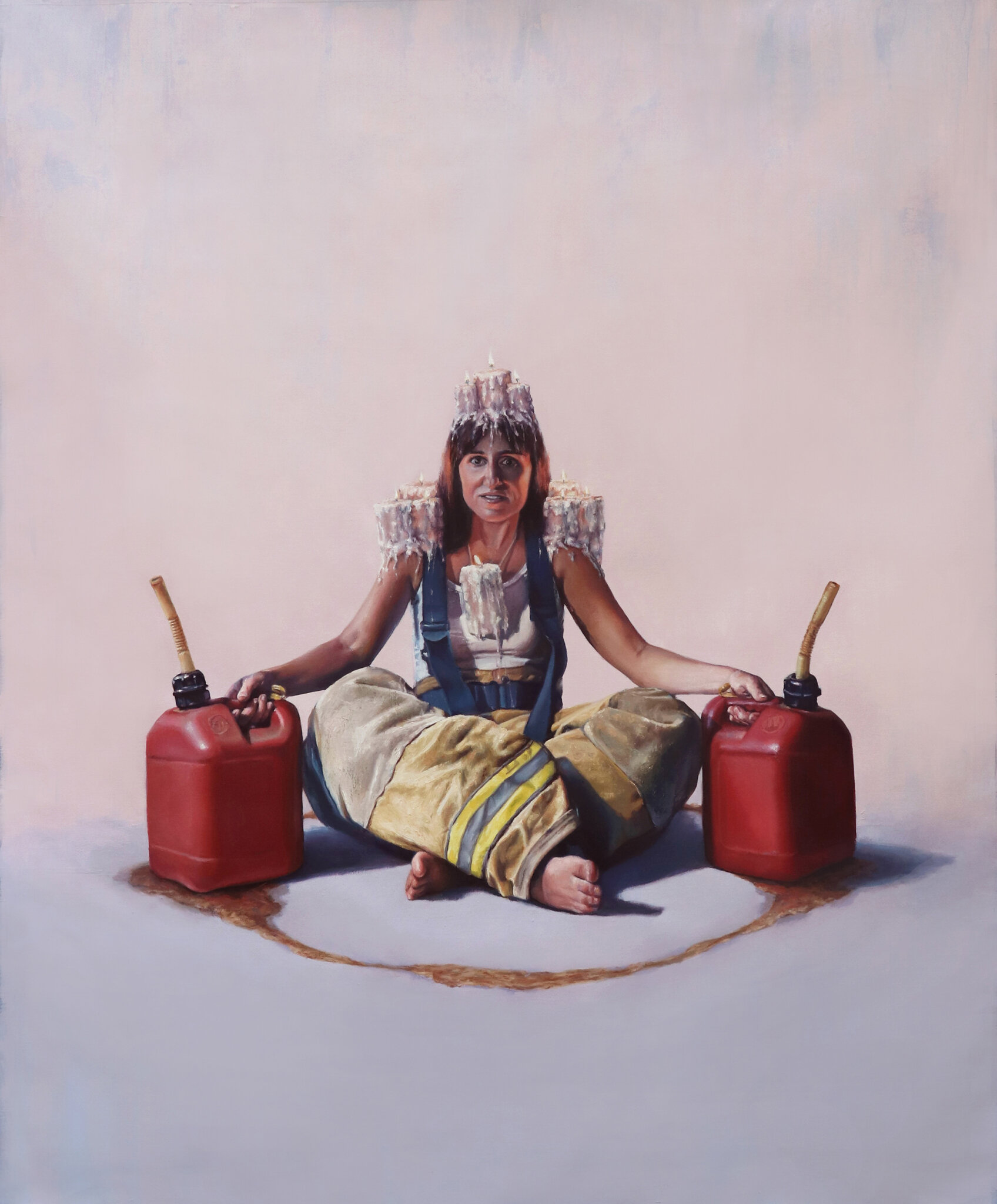
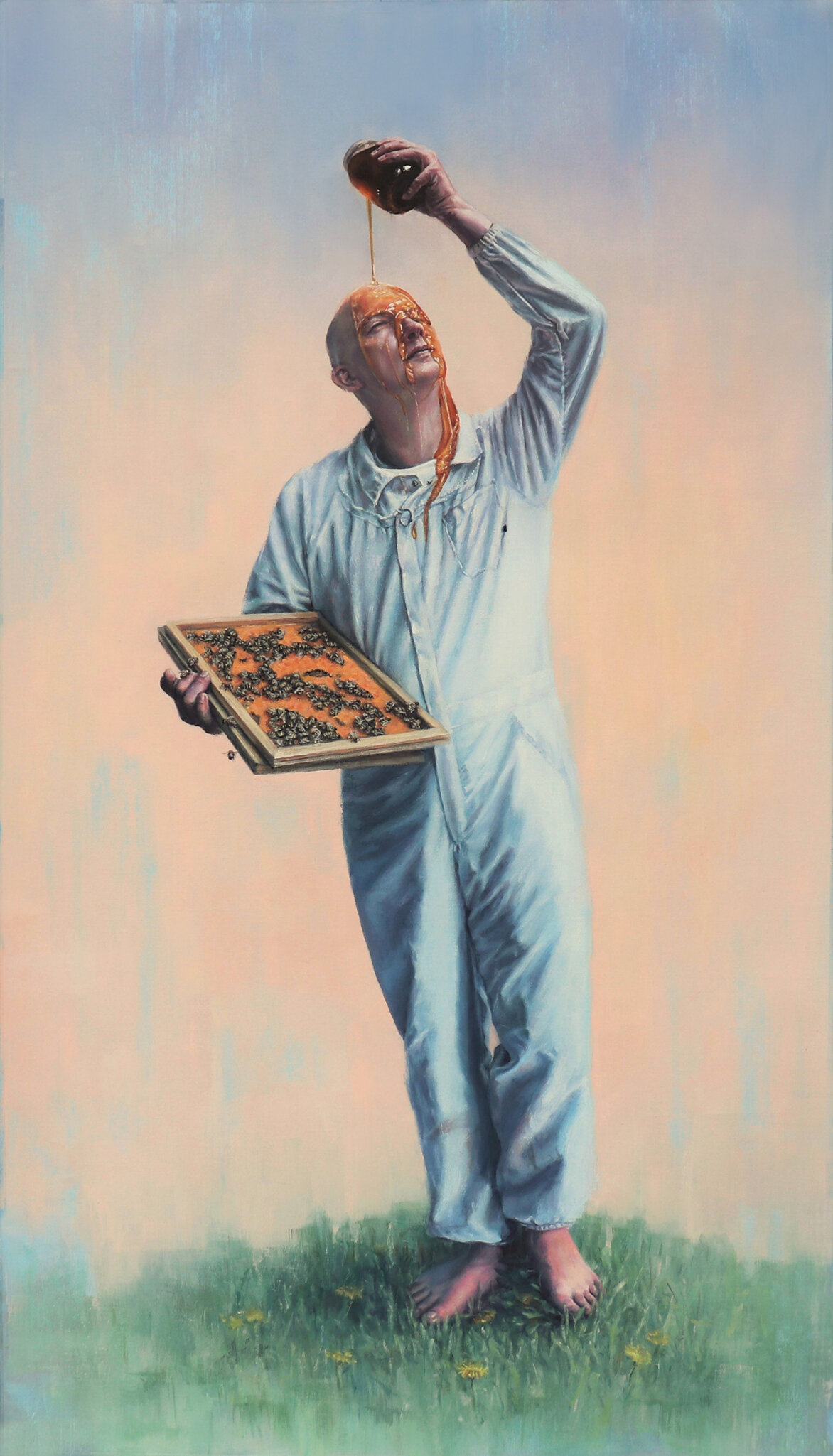
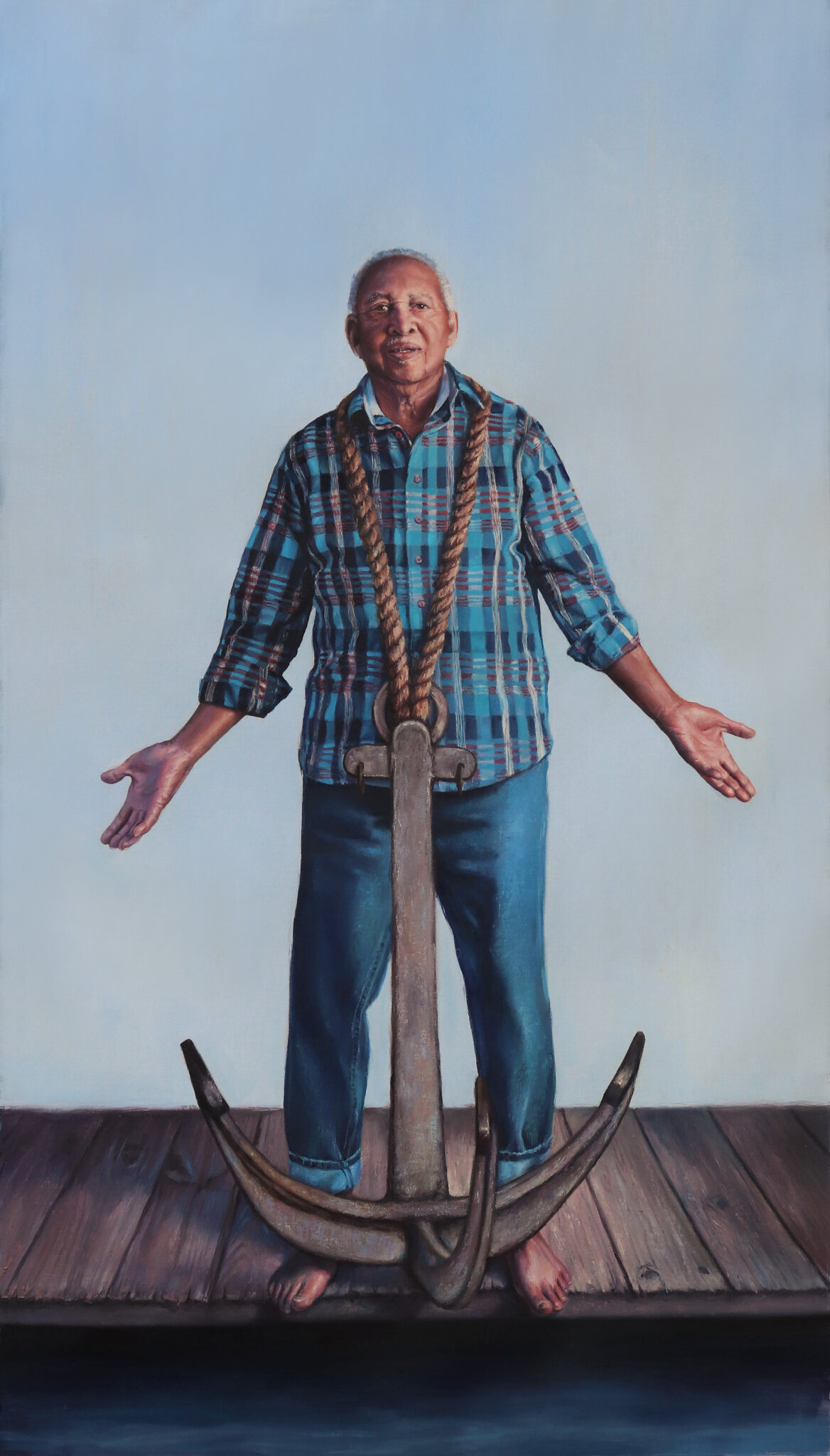
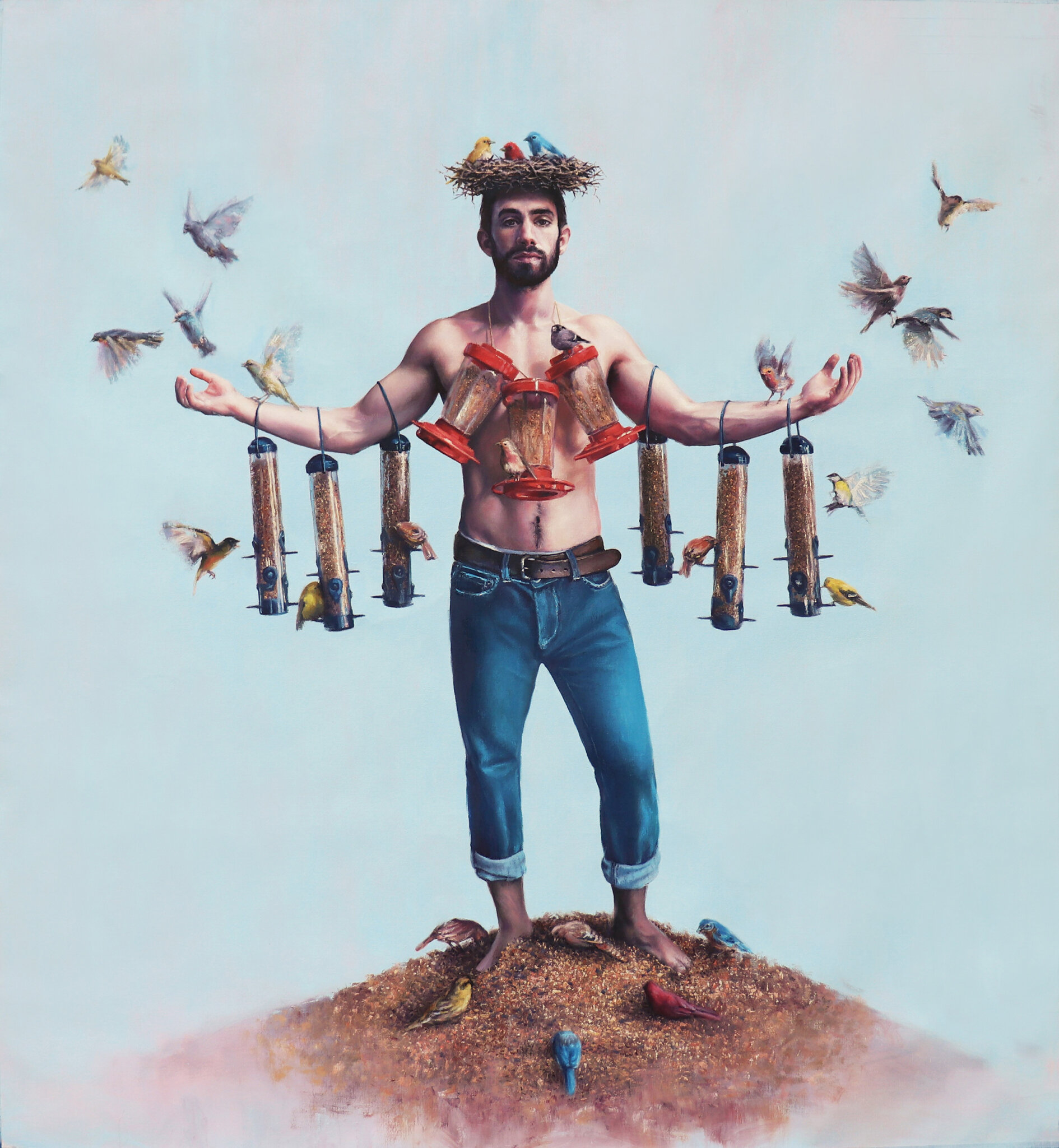


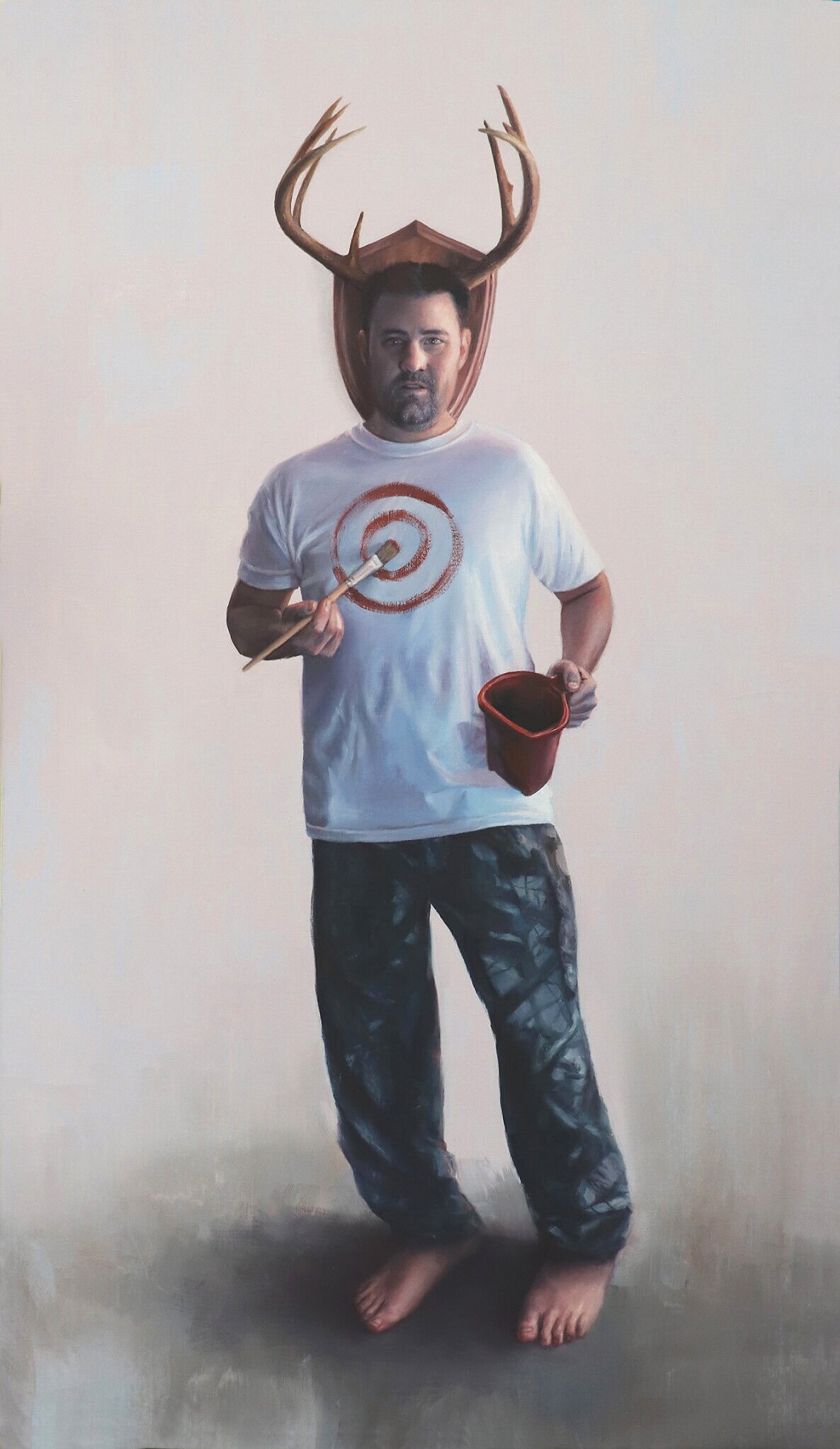
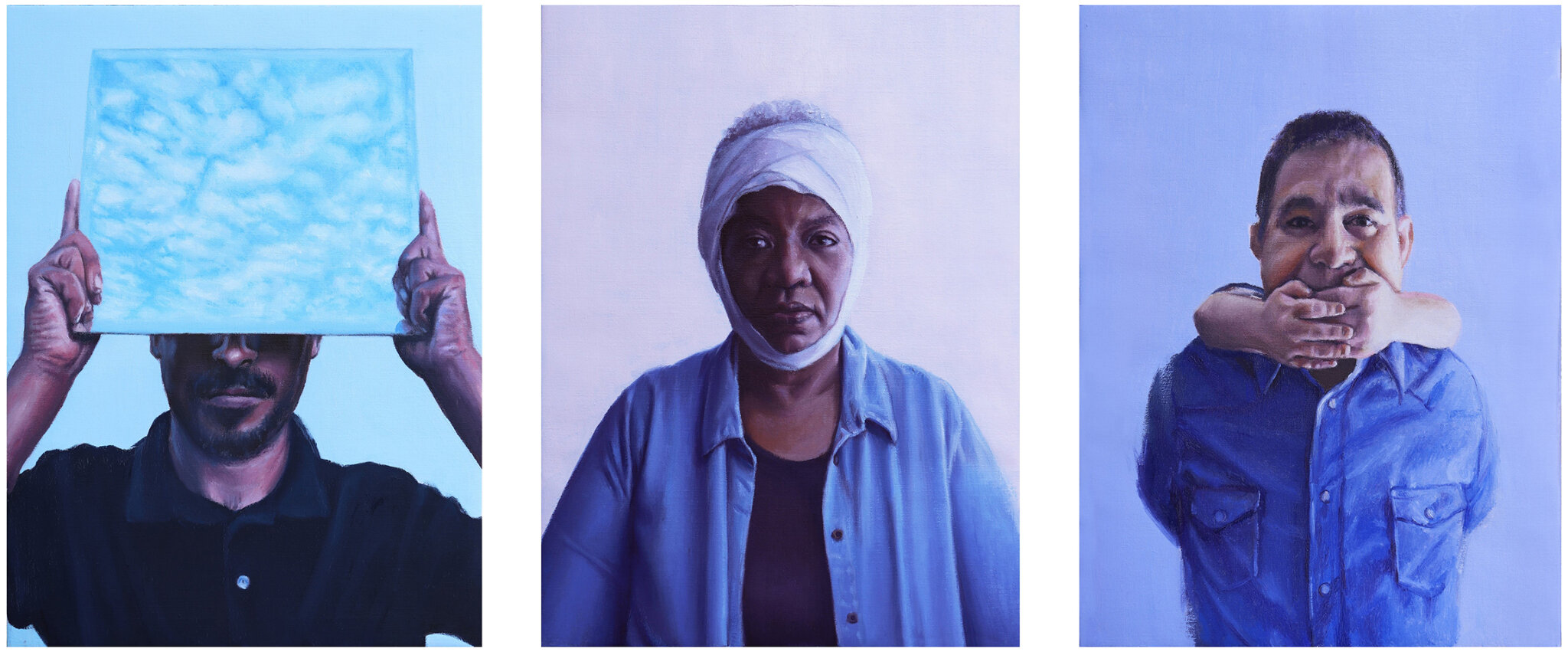
I recently caught up with Tessa at M2 Gallery’s 13th Anniversary Show, where many of Tessa’s canvases were featured.
AAS: I see in your bio that you have been teaching at Harding University for nearly 10 years, first as adjunct professor and now Assistant Professor of Art. How has teaching and interactions with students influenced your art?
TD: Teaching definitely keeps the creative juices flowing. In my studio classes, I'm constantly surrounded by the creative process and tasked with trying to help my students find design solutions. Seeing my students take risks encourages me to take risks and keep pushing myself. Creativity certainly happens in collaboration and community!
AAS: Your works are generally large. Has teaching influenced your perspective on canvas size?
“I've always been captivated by rendering faces, and it may be the reason that I am an artist today.”
TD: I think teaching has affected my scale. I've been teaching art history courses for many years, and I spend a lot of time discussing artwork that is exhibited in the classroom on a really large screen. Over the years, I have developed a bodily connection with this scale, so that may be why I prefer large scale over smaller, intimate sizes. I also tend to like figural work when the scale resembles real-world measurements, so that's a factor, as well.
AAS: Are you still doing installations?
TD: I have stepped back from installation work when I began pursuing my current body of work, Saints Re-Formed. I have created video installations for this body of work, but have not created anything sculptural in a while.
AAS: What drives you to paint?
TD: I love engaging with an art form that is as old as the cave paintings. As much as I love new media, there's just something special about participating in a dialogue that spans all of human history. I think my appreciation for this great lineage strengthens every time I pick up the brush...and there's always something to learn
AAS: Your faces are very powerful. Does that just happen spontaneously, or do you seek models who have a story to tell?
Detail from Anchored (St. Clement)
TD: Thank you. I've always been captivated by rendering faces, and it may be the reason that I am an artist today. When I was going into the eighth grade, my family moved across the country, and I found myself at a new school with no friends. This was around the time I began drawing portraits in my sketchbook. Kids at school began to ask me and commission me to draw their portraits, and I got to meet a lot of people this way. I think portraiture became a way for me to connect with people, and I guess--in a way--it still is. I spend a lot of time working with models, photographing them, and I then select photo references that best capture the essence of what I'd like to communicate in their expression.
AAS: How did you feel about being selected for the 60th Delta?
TD: That was certainly a pleasant surprise! I had never entered before, so I was not necessarily expecting to be selected. At the time, I was nearing the end of my MFA work, and I felt like I was finally reaching some honest moments in my studio work. I knew I wanted to start exhibiting, but it's still such a vulnerable thing. I don't think a work is finished until people can engage with it, though, so it was a blessing to have the kind of engagement that the Delta brings.
AAS: What advice do you give your students regarding overcoming any fears they might have of putting their work out to the public and any perceived rejection if their works do not sell?
“I don't think a work is finished until people can engage with it…”
TD: I just encourage them to make work that they believe in and something they want to see exist in the world—regardless of what is trending or selling. That way, whether it sells or not, at least they have made something authentic that is meaningful to them. Van Gogh only sold one painting in his lifetime, so it may just take time for the world to catch up.
AAS: As someone who is not an artist, I have always wondered how artists can let go of pieces they have worked so hard to produce and maybe never see them again. Is that ever an issue for you?
TD: I think all artists create out of a desire to share. We are burdened with personal ideas and emotions that we are tasked to express, but there is something special that happens when these expressions go out into the world and exist beyond ourselves. A multiplying effect, I guess, and it’s a joy to be able to disperse one’s ideas into the world. And even if we can only view pieces through documentary photographs, the work is still a part of us, and it continues to shape and inform our creative journey.
Tessa with Robert, model for Wings, at the 60th Delta Exhibition held at the Arkansas Art Center in 2018.




